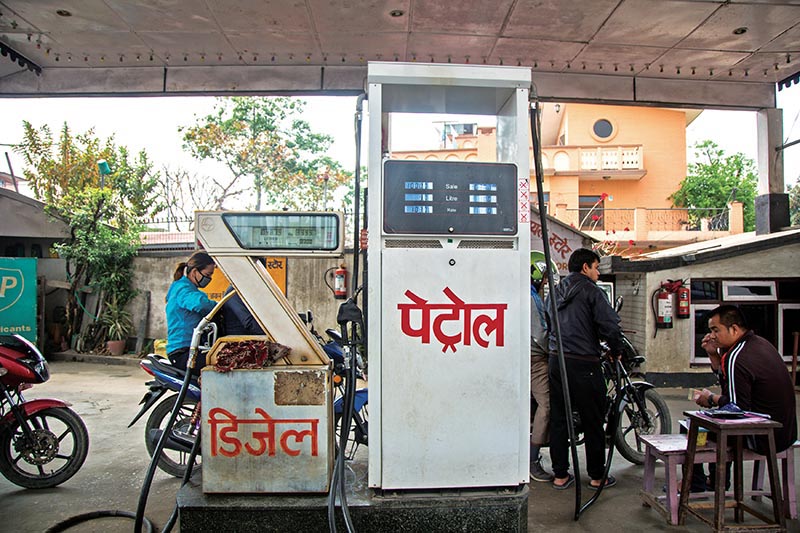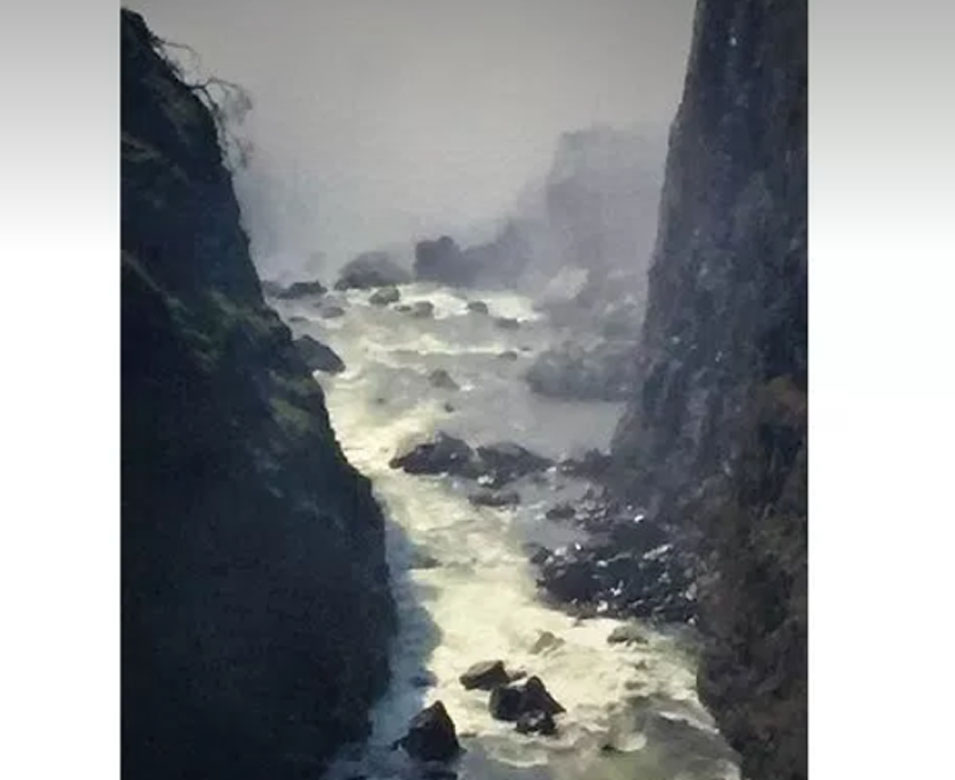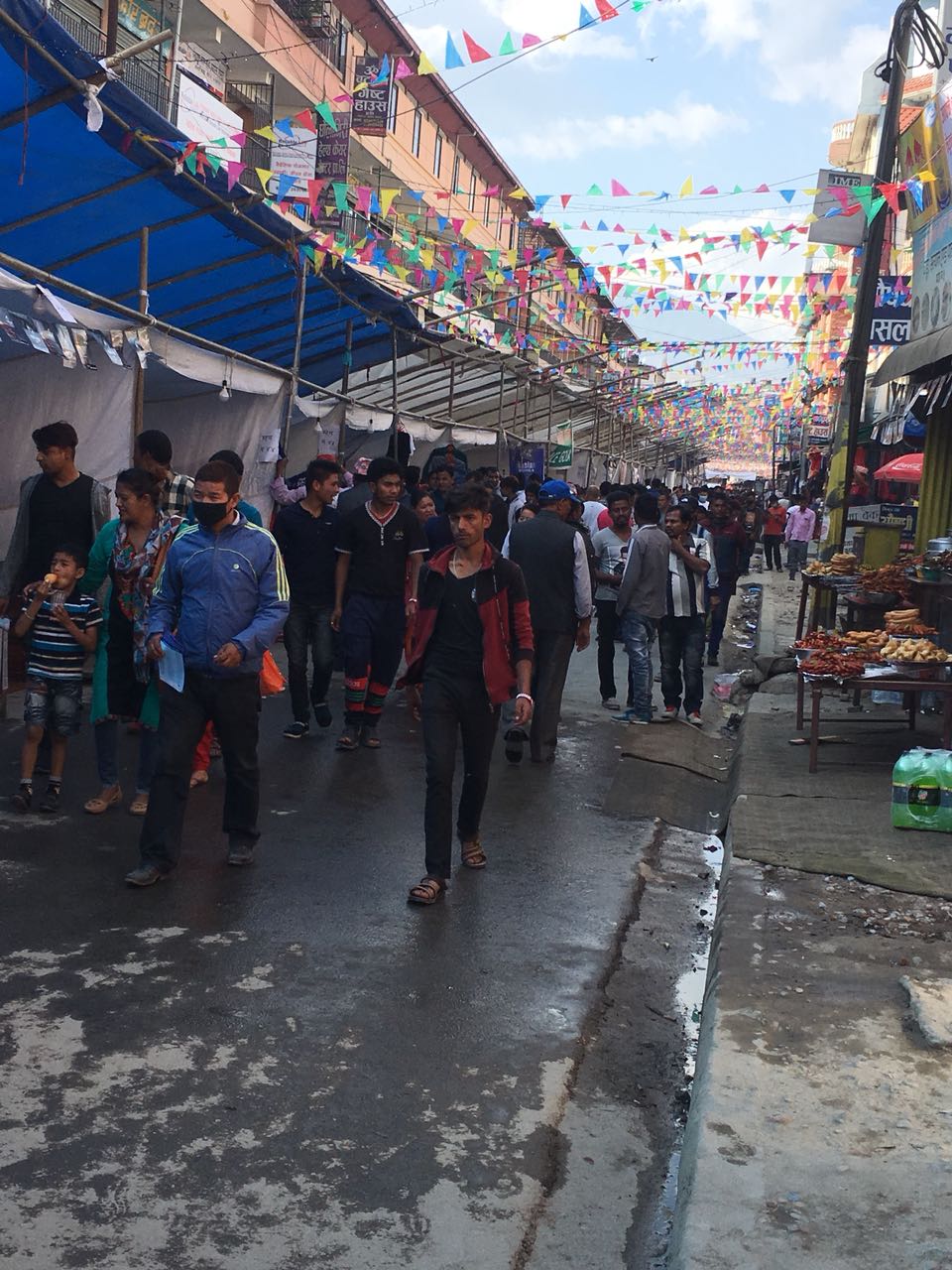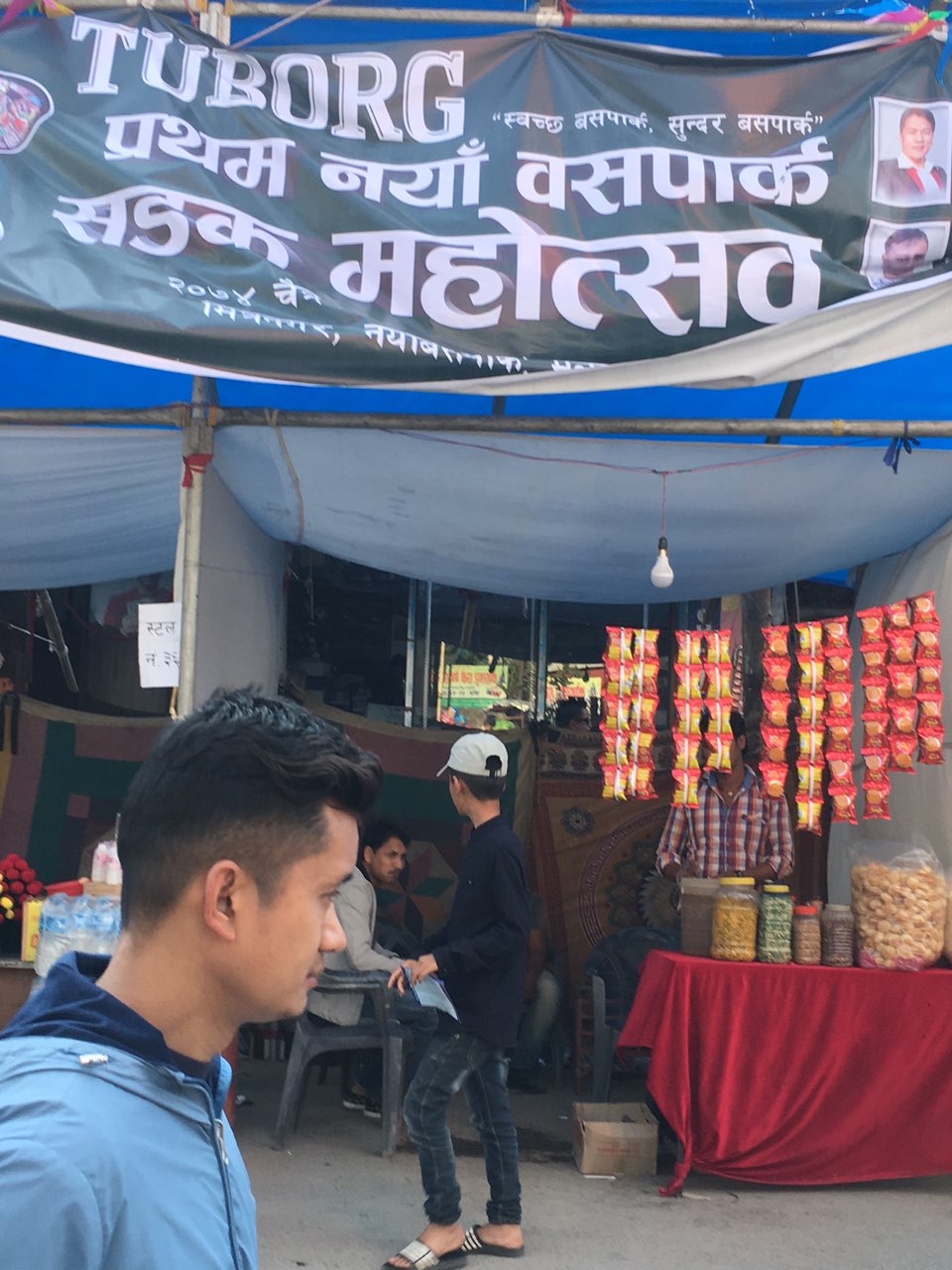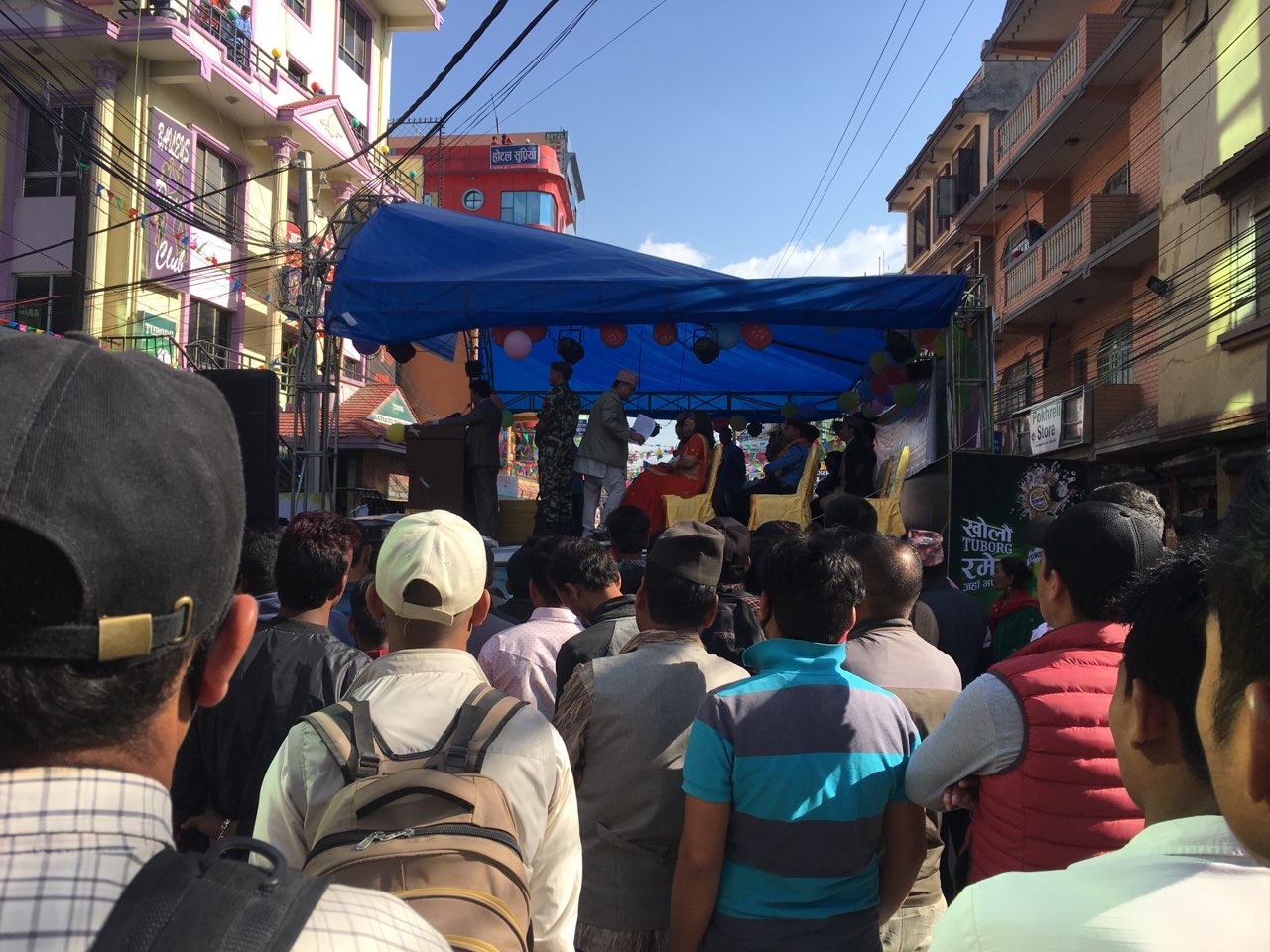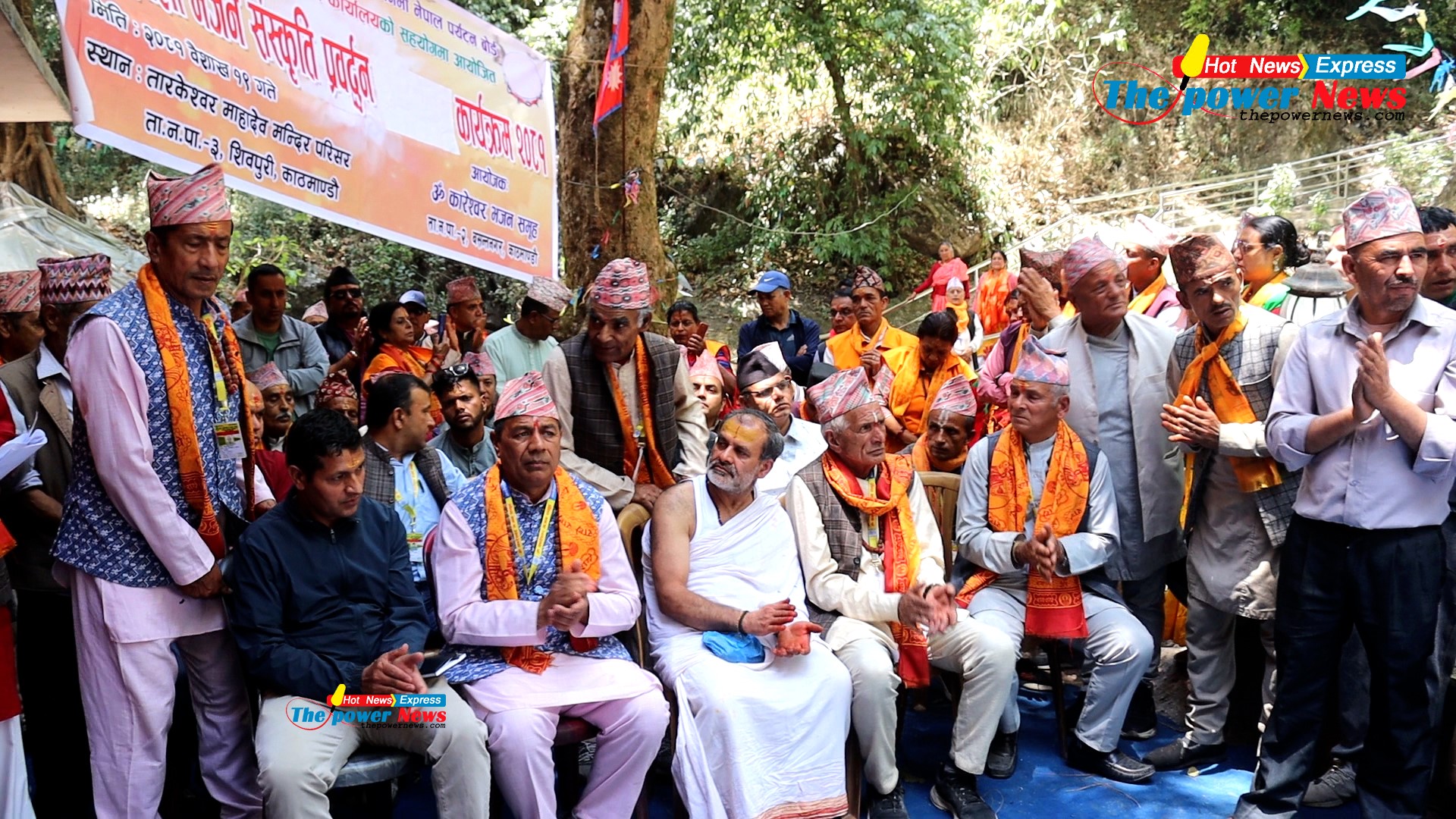All the world’s a stage,
And all the men and women merely players;
They have their exits and their entrances,
And one man in his time plays many parts,
His acts being seven ages. At first, the infant,
Mewling and puking in the nurse’s arms.
Then the whining schoolboy, with his satchel
And shining morning face, creeping like snail
Unwillingly to school. And then the lover,
Sighing like furnace, with a woeful ballad
Made to his mistress’ eyebrow. Then a soldier,
Full of strange oaths and bearded like the pard,
Jealous in honor, sudden and quick in quarrel,
Seeking the bubble reputation
Even in the cannon’s mouth. And then the justice,
In fair round belly with good capon lined,
With eyes severe and beard of formal cut,
Full of wise saws and modern instances;
And so he plays his part. The sixth age shifts
Into the lean and slippered pantaloon,
With spectacles on nose and pouch on side;
His youthful hose, well saved, a world too wide
For his shrunk shank, and his big manly voice,
Turning again toward childish treble, pipes
And whistles in his sound. Last scene of all,
That ends this strange eventful history,
Is second childishness and mere oblivion,
Sans teeth, sans eyes, sans taste, sans everything.
A bleak new study describes the profound damage that climate change has wreaked on Australia’s Great Barrier Reef. The extent of the coral die-offs in 2016 — and another severe bleaching event in 2017 — had already been known to scientists, but the new research chronicled specifically how rising temperatures had affected different reef species and the reef’s ecological health at large. The study’s authors said they were alarmed by their findings. Though some coral species proved more resilient to rising temperatures, some died much more rapidly than expected. “The conventional thinking is that after bleaching, corals died slowly of … starvation. That’s not what we found. We were surprised that about half of the mortality we measured occurred very quickly,” Terry Hughes, the author’s lead author, told The Guardian. Rising temperatures in 2016 “cooked” swathes of corals, the scientists found, causing the catastrophic die-off of almost 30 percent of the world’s largest coral reef system. Global warming has already radically — and possibly permanently — transformed the reef’s ecology, according to the study, published Wednesday in the journal Nature. If action is not taken promptly and comprehensively to curb warming, it could be “game over” for the reef, scientists warned. “It’s catastrophic,” Sarah Perkins-Kirkpatrick, a New South Wales-based climate researcher who was not involved in the new study, told Australia’s ABC News after reviewing the research. “There might have been a glimmer of hope that it wasn’t as bad or might recover faster than we thought. But this paper made the reality very present. The bleaching will forever change the Barrier Reef.”
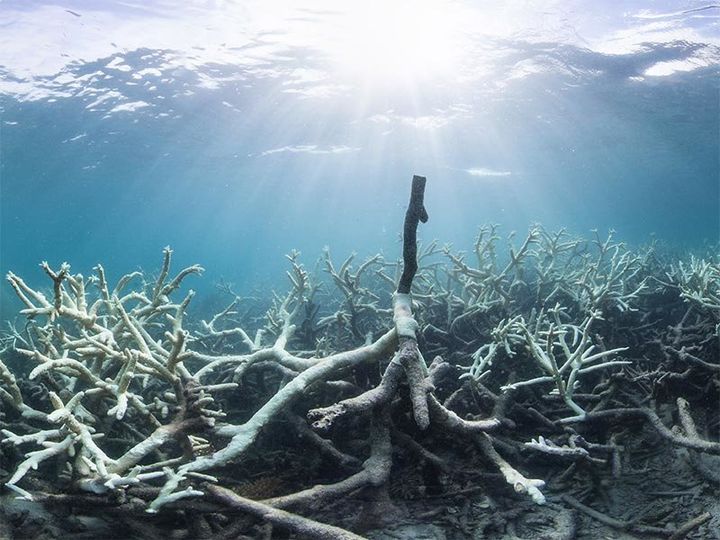
Hughes said some corals, such as branching staghorn corals and table corals, had essentially been “cooked” to death by rising temperatures and had suffered staggering rates of mortality. “There’s a small number of species that are very robust to heat stress and they’ve survived quite well. On the other hand, the so-called losers [had] mortality rates of 90 percent or more in the worst-affected portion of the reef,” Hughes told ABC News. With coral bleaching events expected to become ever more frequent as global temperatures rise, populations of these “losers” could struggle to recover and continue to perish en masse. That could prove devastating to reef ecosystems, researchers said.
As it stands, the makeup and mix of species of the Great Barrier Reef have already started to change. “That transition is already well underway,” said Hughes. The study comes as the International Union for Conservation of Nature develops its new Red List of Ecosystems. Hughes said the new research should allow the Great Barrier Reef to be assessed by the IUCN. He said the reef as a whole would likely be classified as “endangered” under the new IUCN framework. This classification could help guide future conservation and governance efforts. Composed of thousands of individual reefs, the Great Barrier Reef is the world’s largest living structure. Estimated to be 20 million years old, the ancient reef is greater in size than the United Kingdom, Holland and Switzerland combined ― and can be seen from space.
KATHMANDU: The prices of petrol, diesel and kerosene have gone up twice in a month following Nepal Oil Corporation’s adjustment with the international market prices on Monday. Petrol has become dearer by Rs 1, where as diesel and kerosene have witnessed a price hike of Rs 2. The new prices will come into effect from midnight, NOC said. With this revision, petrol would cost Rs 106 per liter while diesel and kerosene would fetch Rs 87 per litre. However, the prices of cooking gas and aviation fuel have remain unchanged. After the adjustment, NOC would accumulate Rs 201 million as fortnight profit, NOC official informed.
LOS ANGELES : She had arrived in Los Angeles on a one-way ticket from Texarkana, Texas, earlier that day. From the bus station in the heart of downtown L.A., she walked north for miles. At the edge of Hollywood, she forced herself to stop. Her feet were swollen. Her phone was dead. She was hungry and exhausted. Phillips was 20 years old and completely alone. Phillips had started walking with one destination in sight ― the Los Angeles LGBT Youth Center. When she entered the building the next day and admired its rainbow mural, she instantly realized: “This is the only place for me here.” The center is a haven for the LGBTQ youth who make up a disproportionate number of the young people experiencing homelessness in L.A. The center helps them confront challenges similar to those many other people in the streets face. Directors at the organization report that many of the youth experience depression, anxiety and other mental health concerns. They describe repeated rapes, assaults and other abuse.
On her first night without a home, Kaityanna Phillips cried herself to sleep on a sidewalk in front of a Shell gas station in north Hollywood. But the center also helps them navigate an additional battle ― one for their own identity. While struggling to find stability, queer youth on the street are also struggling to carve out their own place in life. And as they fight to stay alive and stay true to themselves, the issues facing LGBTQ youth are quickly becoming one of the most complicated challenges in fighting homelessness in Los Angeles.

Phillips came to California in hopes of finding something better. Her community in Texas didn’t accept or understand her gender identity, and she didn’t feel safe or wanted in her hometown. So at the age of 20, though she had never left home before, Phillips left Texas for the promise of a better life in Los Angeles. “People see trans people as a disgrace,” Phillips said, leaning back in her chair and tugging down on her bright pink shirt. “Even in the LGBT community. No one wants to talk about us. No one wants to help us. So when you walk in the center, and you’re their first priority… you never want to leave.”
Three years after her move, she laughs recalling that first night on the street. “I thought I was going to die. For real, I thought that was it,” she said. “‘Lay me down, I’m gonna die, it’s over.’ And that was just the first night.” Since then, she’s had more than a dozen “addresses” in tents on the sidewalks of Hollywood. The center remains the closest thing she has to a home. Providing the complex and personalized care that young people like Phillips need is a large and difficult job.
There is little research into the mental health of LGBTQ youth, especially in the scope of homelessness studies, and none specifically focused on trans and nonbinary youth. But the few existing studies indicate that queer people end up on the street in disproportionate numbers. LGBTQ youth account for 40 percent of young people on the street nationwide, according to the Center for American Progress. The same study has found that while about 20 percent of U.S. teens in general are queer, 40 percent of homeless U.S. teens are queer. There is no precise data for the number of LGBTQ youth living on the streets of L.A.
he conditions in her tent raise additional concerns about the months ahead. Many people who undergo this kind of affirmation surgery do it in two stages — first the breast enhancement, then the vaginoplasty, or vice versa. Phillips plans to do it all at once. The healing process takes three months, with risks ranging from discomfort to bleeding that could require hospitalization. Phillips’ tent is shaded in the afternoons, but at noon it takes the full brunt of the blazing sun. Over the summer, when temperatures rose into the triple digits, simply sitting up became an exhausting task.
I was very surprised and happy when I landed at the Victoria Falls Airport, Zimbabwe. This modern facility was developed by former Zimbabwean Minister of Tourism and Hospitality Industry, Dr. Walter Mzembi who arranged a $150 million loan from the China EXIM Bank. This very modern facility offers a new runway that accepts up to 5 wide bodied aircraft, new carousels and reception spaces, an increased number of immigration officers and efficiently welcomes more visitors on a daily basis.
Briefly – my response was OMG! The reception area is absolutely brochure perfect and the welcome from the staff is just what this weary traveler needs. After a warm greeting I was offered a cool drink and a comfortable seat along with a sincere request for me to share my travels. I am sure the hotel manager had other things to do that were more important than listening to my odyssey, but he calmly and politely demonstrated a sincere interest in my journey from Manhattan to Zimbabwe. Victoria Falls Safari Club After days of traveling on airlines, trudging through airports, standing on endless lines and driving along dusty roads, I was exhausted and anxious to find my way to air conditioning and a cold drink. As the driver passed the road sign signaling arrival at the Lodge, I felt an anxiety attack creeping into my consciousness. What would a safari lodge look like? Were my expectations realistic or absurd (they were based on brochures and movies). Would the two days of non-stop travel be rewarded, or would I be disappointed?
Sahara International Airhostess Academy
Contact us at :
Kathmandu Office Seto Dhoka, Jamal – 014262216 , 9802670421
Butwal Office – 071550360 , 9857038851
KATHMANDU: According to Mahat, India was aware of the misunderstandings which surfaced during promulgation of constitution and thus, ready to improve the relations. Main opposition Nepali Congress senior leader and former Minister of Foreign Affairs Ram Sharan Mahat has remarked that Prime Minister KP Oli’s three-day-visit to India was successful and fruitful.
Speaking at an Interaction Programme in Kathmandu on Monday, Mahat clarified that none of the high level visits made by preceding prime ministers to India have turned out to be unsuccessful. “The Nepali Congress has concluded that Prime Minister Oli’s successful visit although not historical has played an important role in improving the ties between two countries,” Likewise, Mahat said that although the agreement to connect India and Nepal through railways was positive, a detailed study including whether the project would be carried out on grant or loan and investments are yet to be pin pointed.
Likewise, although the country has gone through a structural change with three tiers of federal setups, the stake holders are not aware of their duties and responsibilities yet, Mahat added. “In terms of behavior and implementation we are still going through the transitional phase,” Mahat remarked while suggesting the government to focus more on work than oratory.
Prime Minister of Nepal to India Joint Statement (6-8 April 2018)
1. The Rt. Hon’ble Mr. K.P. Sharma Oli, Prime Minister of Nepal, is on a State visit to India from April 6-8, 2018, at the invitation of the Prime Minister of India, Shri Narendra Modi.
2. On April 7, 2018, the two Prime Ministers comprehensively reviewed the entire spectrum of multifaceted ties between the two countries. They welcomed the growing partnership between the two governments, private sector and at the people’s level. The two Prime Ministers resolved to work together to take bilateral relations to newer heights on the basis of equality, mutual trust, respect and benefit.
3. Recalling that the close and friendly India-Nepal relations are built on the strong foundation of shared historical and cultural links and close people to people contacts, the two Prime Ministers underscored the importance of regular high-level political exchanges in cementing bilateral ties.
4. Prime Minister Oli stated that his government attaches high importance to further strengthening friendly relations with India. He expressed the desire of the Government of Nepal to develop bilateral relations in a way so as to benefit from India’s progress and prosperity for economic transformation and development. Prime Minister Modi assured Prime Minister Oli that India remains committed to strengthening its partnership with Nepal as per the priorities of the Government of Nepal.
5. Prime Minister Modi stated that Government of India’s vision of ‘Sabka Saath Sabka Vikas’ is a guiding framework for India’s engagement with its neighbours for a shared vision of inclusive development and prosperity. Prime Minister Oli stated that after the landmark political transformation, his Government has given priority to economic transformation with the motto ‘Samriddha Nepal Sukhi Nepali’. Prime Minister Modi congratulated the people and the Government of Nepal for successful conduct of local level, federal parliament and first-ever provincial elections in Nepal and appreciated their vision for stability, and development.
6. The two Prime Ministers inaugurated the Integrated Check Post at Birgunj in Nepal. They hoped that its early operationalization will enhance cross-border trade and transit of goods and movement of people bringing greater opportunities for shared growth and development.
7. The two Prime Ministers witnessed the ground breaking ceremony of the Motihari-Amlekhgunj cross-border petroleum products pipeline at Motihari, India.
8. The two Prime Ministers underlined the need for expeditious implementation of bilateral projects in Nepal, and to reinvigorate the existing bilateral mechanisms to promote cooperative agenda across diverse spheres.
9. Three separate joint statements on the following key areas of mutual interest were issued today:
• India-Nepal: New Partnership in Agriculture
• Expanding Rail Linkages: Connecting Raxaul in India to Kathmandu in Nepal
• New Connectivity between India and Nepal through Inland Waterways
10. The two Prime Ministers agreed that the visit has imparted new dynamism to the multifaceted partnership between the two countries.
11. Prime Minister Oli thanked Prime Minister Modi for the invitation and warm hospitality extended to him and his delegation.
12. Prime Minister Oli extended an invitation to Prime Minister Modi to pay an early visit to Nepal. Prime Minister Modi accepted the invitation; dates would be finalized through diplomatic channels.
—-
New Delhi
April 7, 2018



